Dwyer Instruments MP Mini-Photohelic Series Installation and operating instructions
Other Dwyer Instruments Switch manuals
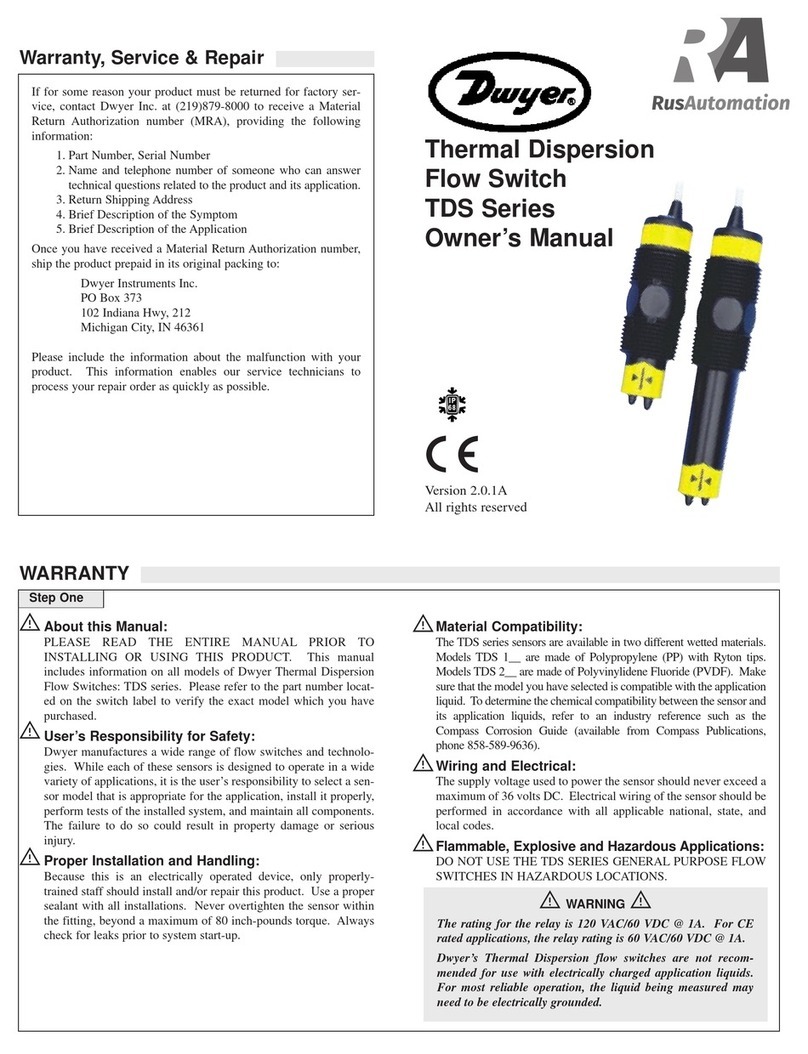
Dwyer Instruments
Dwyer Instruments TDS Series User manual
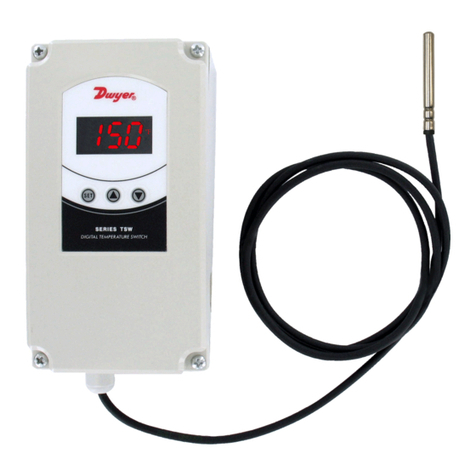
Dwyer Instruments
Dwyer Instruments TSW Series User manual
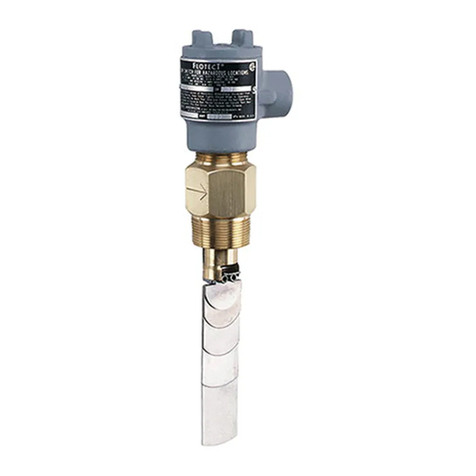
Dwyer Instruments
Dwyer Instruments W.E. Anderson Flotect V4 Series Installation and operating instructions
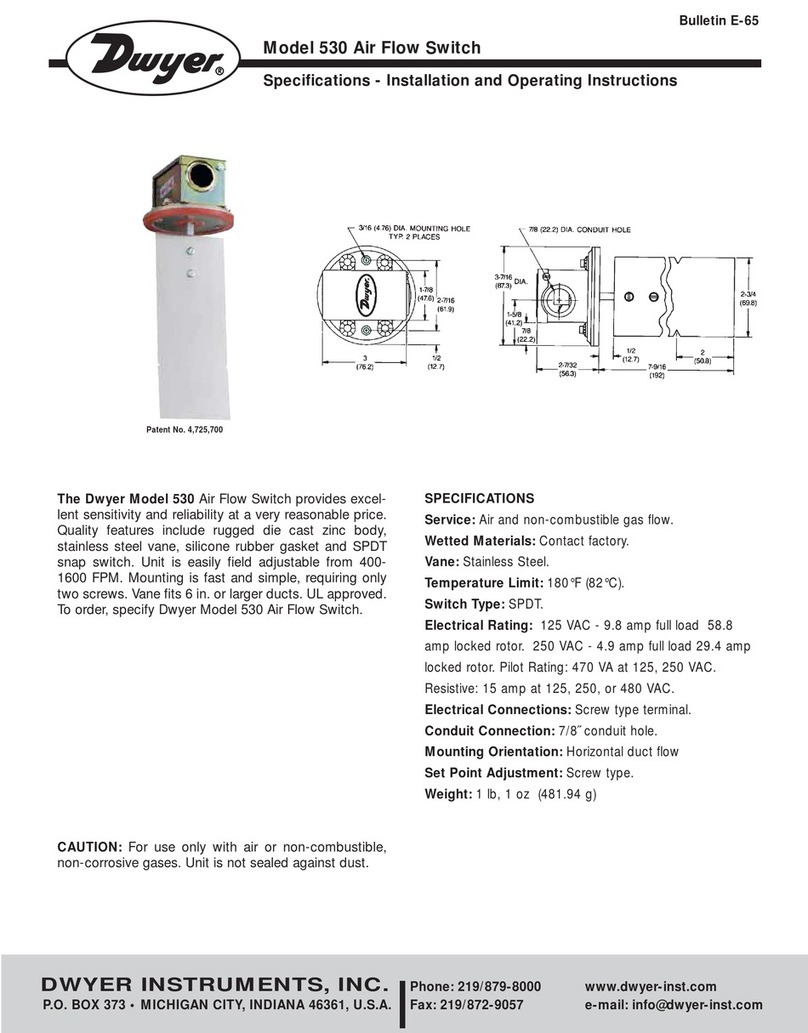
Dwyer Instruments
Dwyer Instruments 530 User manual
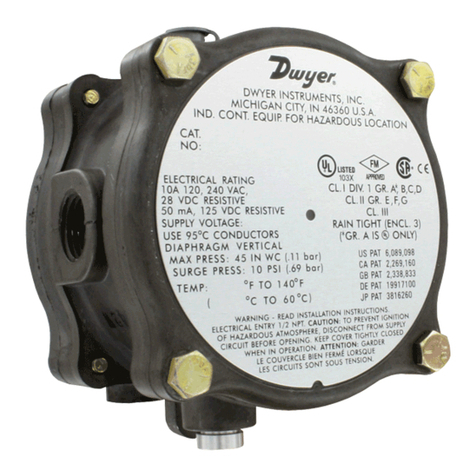
Dwyer Instruments
Dwyer Instruments 1950G Series User manual
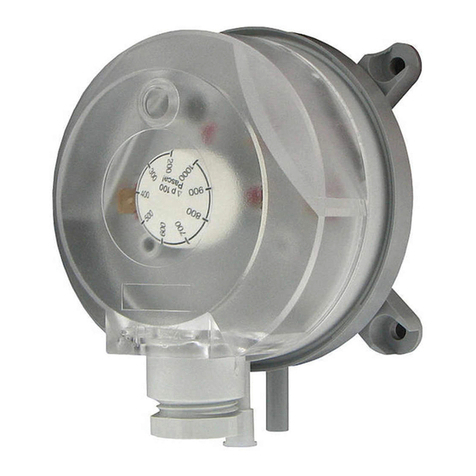
Dwyer Instruments
Dwyer Instruments ADPS-08-2-N Installation and operating instructions
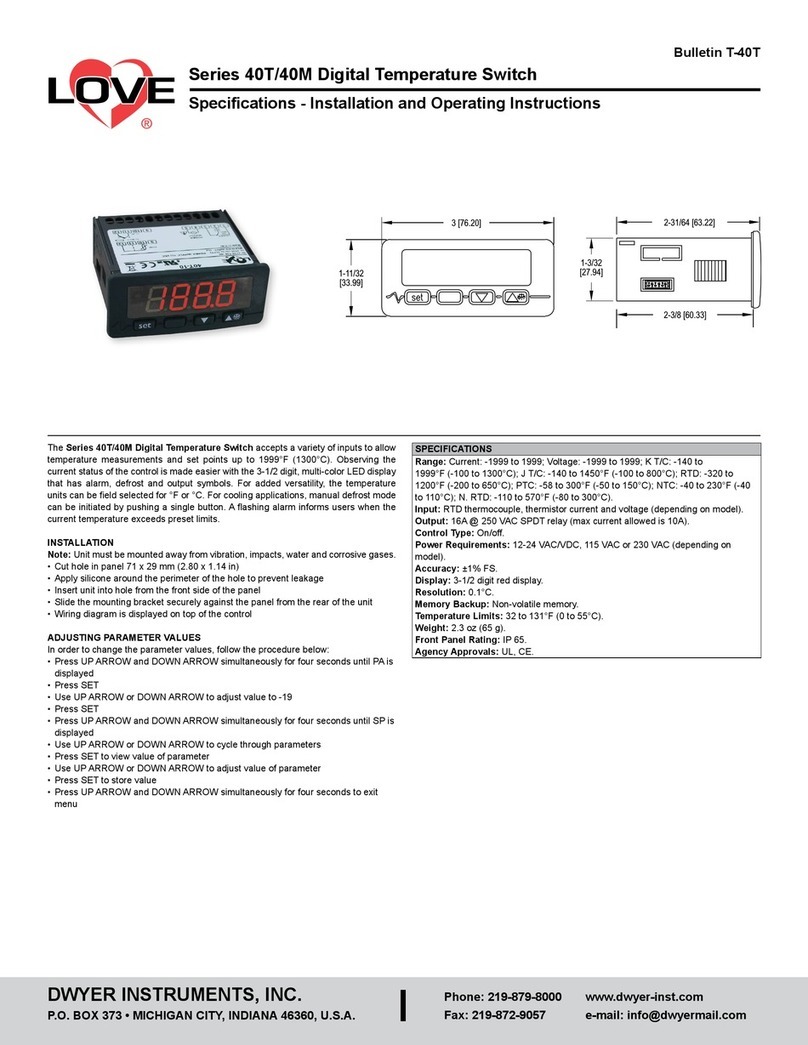
Dwyer Instruments
Dwyer Instruments Love 40T Series Installation and operating instructions
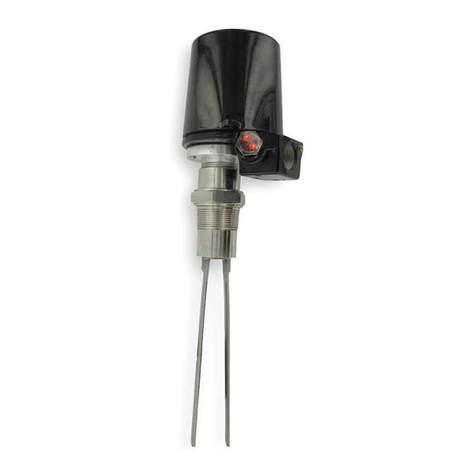
Dwyer Instruments
Dwyer Instruments PROXIMITY TFLS Series Installation and operating instructions
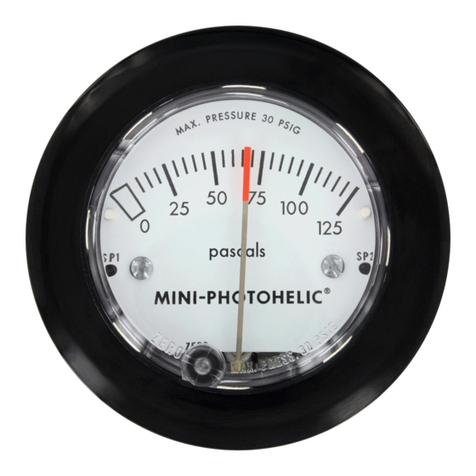
Dwyer Instruments
Dwyer Instruments MP Mini-Photohelic User manual
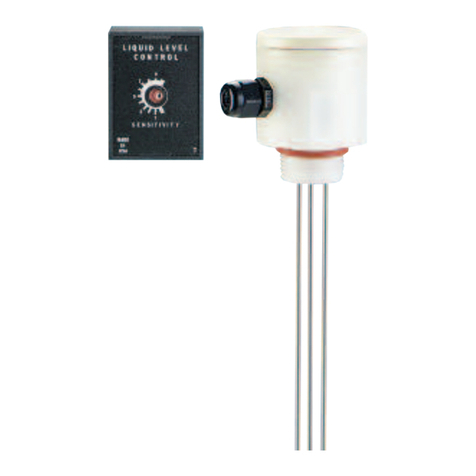
Dwyer Instruments
Dwyer Instruments DPL User manual
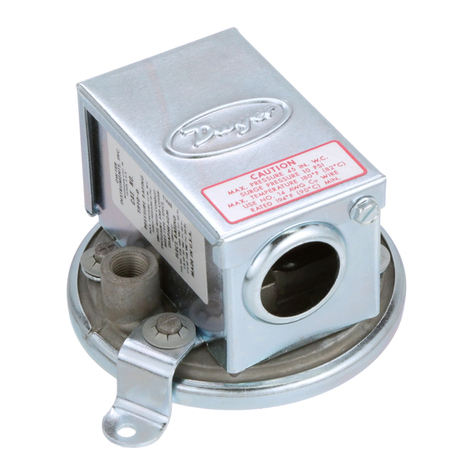
Dwyer Instruments
Dwyer Instruments 1900 Series User manual
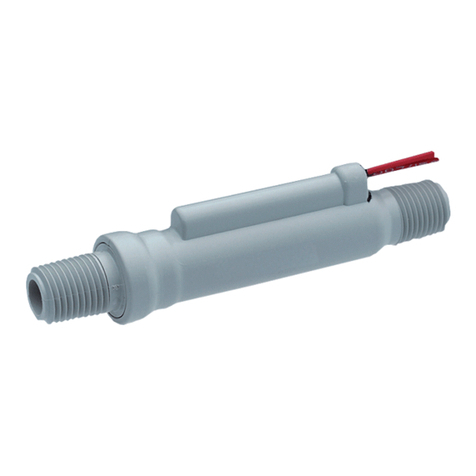
Dwyer Instruments
Dwyer Instruments P2 Series User manual
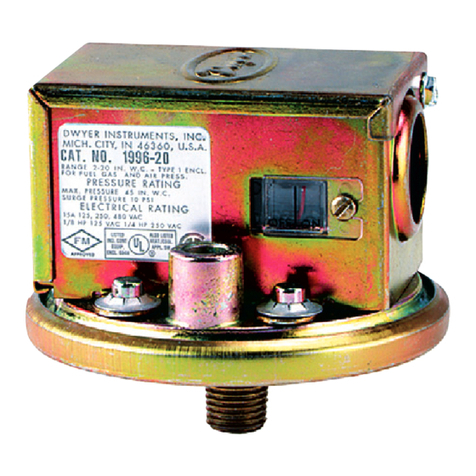
Dwyer Instruments
Dwyer Instruments 1996 Series User manual
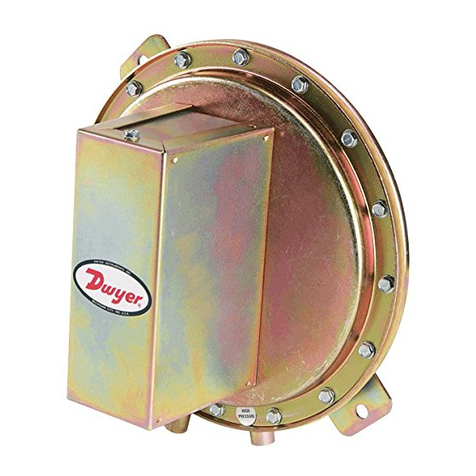
Dwyer Instruments
Dwyer Instruments 1620-1 Supplement
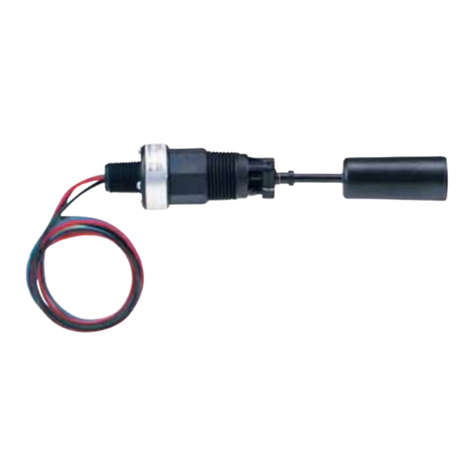
Dwyer Instruments
Dwyer Instruments L8-WP FLOTECT User manual
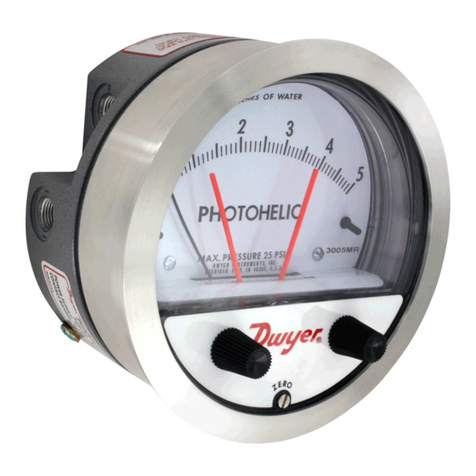
Dwyer Instruments
Dwyer Instruments PHOTOHELIC 3000 SERIES SGT Installation and operating instructions
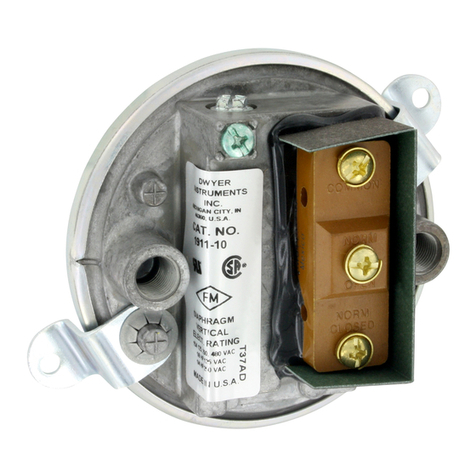
Dwyer Instruments
Dwyer Instruments 1910-00 User manual
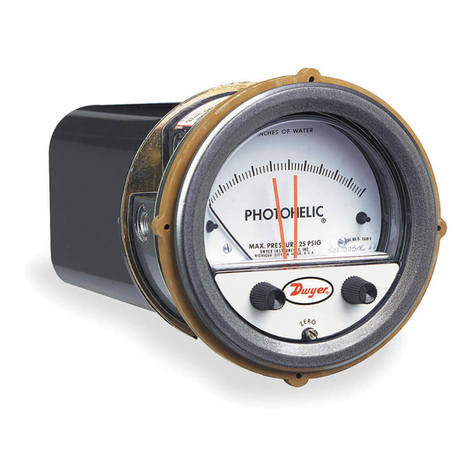
Dwyer Instruments
Dwyer Instruments Series A3000 Photohelic User manual
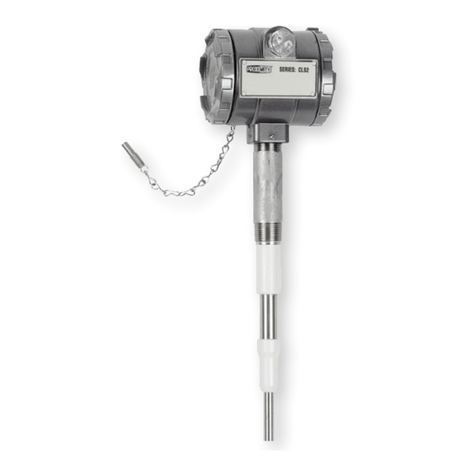
Dwyer Instruments
Dwyer Instruments CLS2 Series User manual
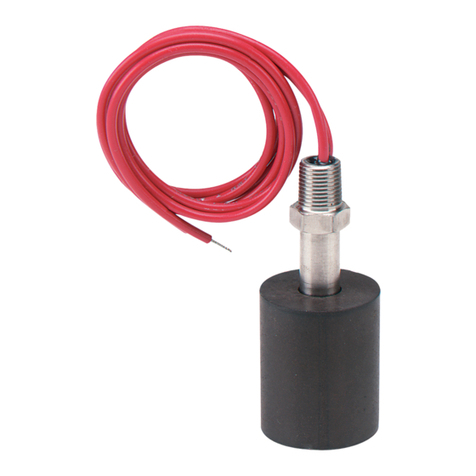
Dwyer Instruments
Dwyer Instruments F7 Series User manual
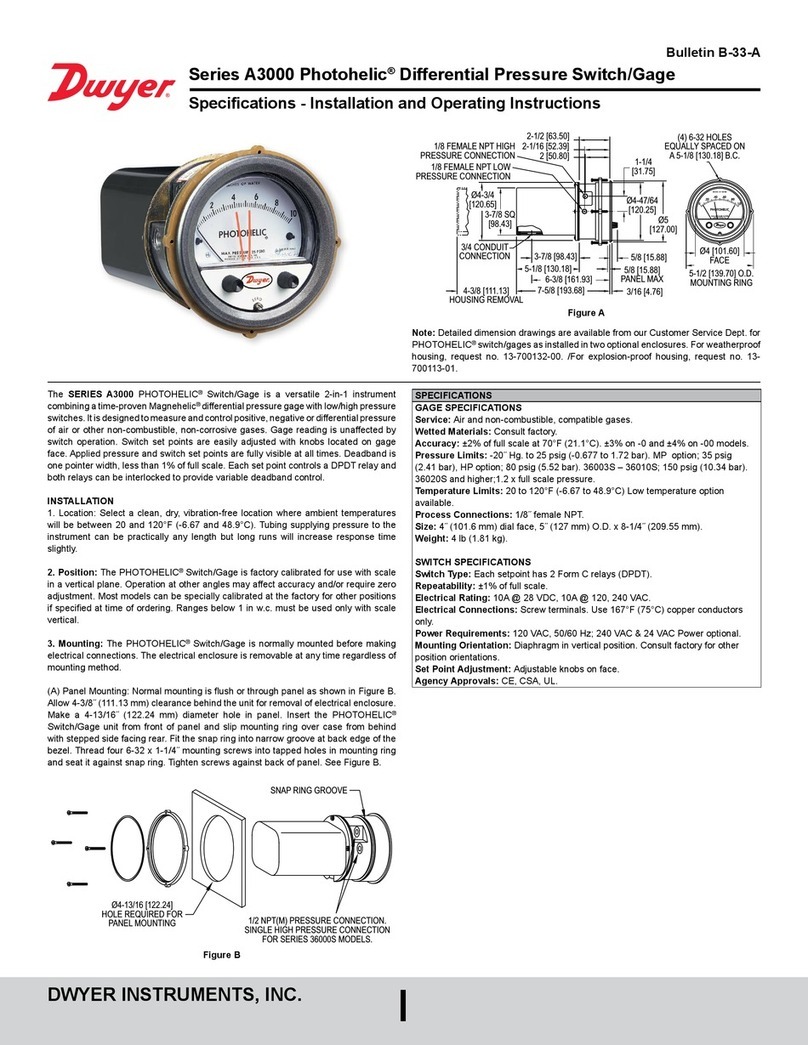
Dwyer Instruments
Dwyer Instruments A3202 User manual
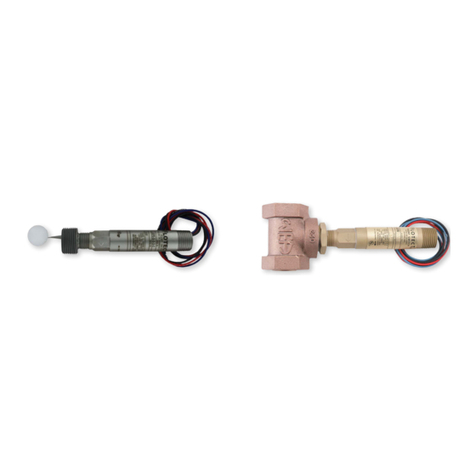
Dwyer Instruments
Dwyer Instruments W.E. Anderson Flotect L6 Installation and operating instructions
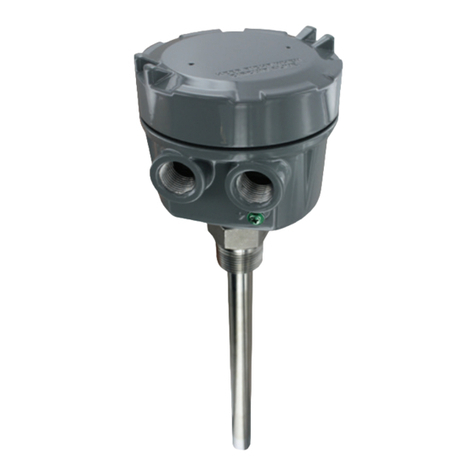
Dwyer Instruments
Dwyer Instruments PROXIMITY VRLS-01 User manual

Dwyer Instruments
Dwyer Instruments Proximity PLS2 Installation and operating instructions
Popular Switch manuals by other brands

SMC Networks
SMC Networks SMC6224M Technical specifications

Aeotec
Aeotec ZWA003-S operating manual

TRENDnet
TRENDnet TK-209i Quick installation guide

Planet
Planet FGSW-2022VHP user manual

Avocent
Avocent AutoView 2000 AV2000BC AV2000BC Installer/user guide

Moxa Technologies
Moxa Technologies PT-7728 Series user manual

Intos Electronic
Intos Electronic inLine 35392I operating instructions

Cisco
Cisco Catalyst 3560-X-24T Technical specifications

Asante
Asante IntraCore IC3648 Specifications

Siemens
Siemens SIRIUS 3SE7310-1AE Series Original operating instructions

Edge-Core
Edge-Core DCS520 quick start guide

RGBLE
RGBLE S00203 user manual









